The Trails For Change NGO firmly believes that trails can increase tourism, create more jobs and make a difference in Armenia. Trails For Change is the only professional organization in Armenia that plans, designs and builds hiking, running, biking trails to promote tourism in Armenia and Nagorno-Karabakh. The NGO was founded by Hans Keifer, the owner of Los Angeles-based Bellfree Contractors company, which specializes in trail construction.
Hans, the founder and CEO of the Trails For Change NGO, born and raised in Burbank, California, currently lives in Los Angeles, USA. Hans’ maternal grandparents were survivors of the Armenian Genocide. As a professional trail builder, Hans decided to make a contribution to his ancestral homeland by building trails and installing the trail building culture in Armenia. Mediamax has met with Hans Keifer and talked about the establishment of his NGO, trails in Armenia and his dedicated work to his homeland.
Armenianness came out
I visited Armenia for the first time in 2015. I came with a group of the Armenian Hikers Association of Los-Angeles, we did a tour in Western Armenia as well. Now it is regretful that I took so long to visit Armenia, since then it is my 10th trip to Armenia. There are many Armenians in LA that have never been to Armenia.
 Hans Keifer
Hans KeiferPhoto: Trails For Change
In 2015, on the 100th anniversary of the Armenian Genocide, I participated in the LA2DC Race for Recognition. This was a relay run/ride starting from the March for Justice in Los Angeles and continuing across the country to Washington, D.C. I rode 1305 miles in 14 continuous days of riding. We shared our family stories of survival with other participants. Because of this project my Armenianness kind of came out, that is when I decided that instead of thinking about the past, I would rather try to do something positive and make a change in Armenia. So I decided to focus my attention on improving Armenia and doing something for my ancestral homeland.
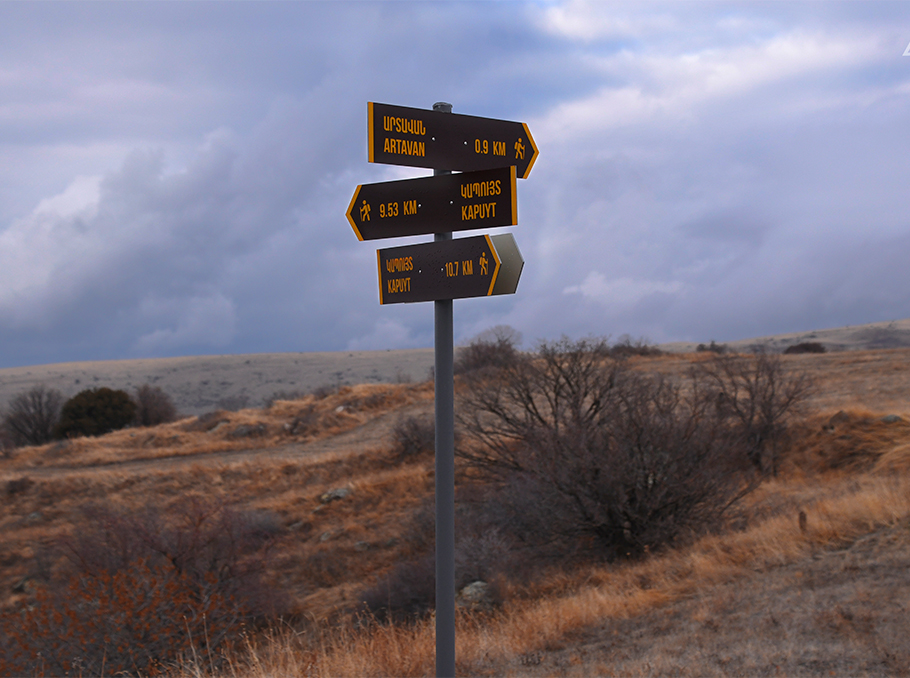
Photo: Trails For Change
First, I didn’t know what to do; like many Diaspora Armenians, I didn’t have friends or relatives here. As a professional trail builder I have seen the economic impacts of trails and I know that good trails increase tourism which creates more jobs. In many countries there have been towns that totally turned around because of trails. For instance, Aínsa, a town in Spain, was like Dilijan, a lot of people used to leave the town, there wasn’t too much happening, but once, just a couple of guys started clearing the old trails, roads, hundreds of hikers started visiting the area. They built big hotels, restaurants, shops, bike shops (because somebody just decided to clean the trails for riding from his grandmother’s house to the village).
What is a trail?
We are still trying to make people understand what trails are and how they can improve the economy. In Los Angeles, we have some of the best trails in the world, but people don’t realize that.
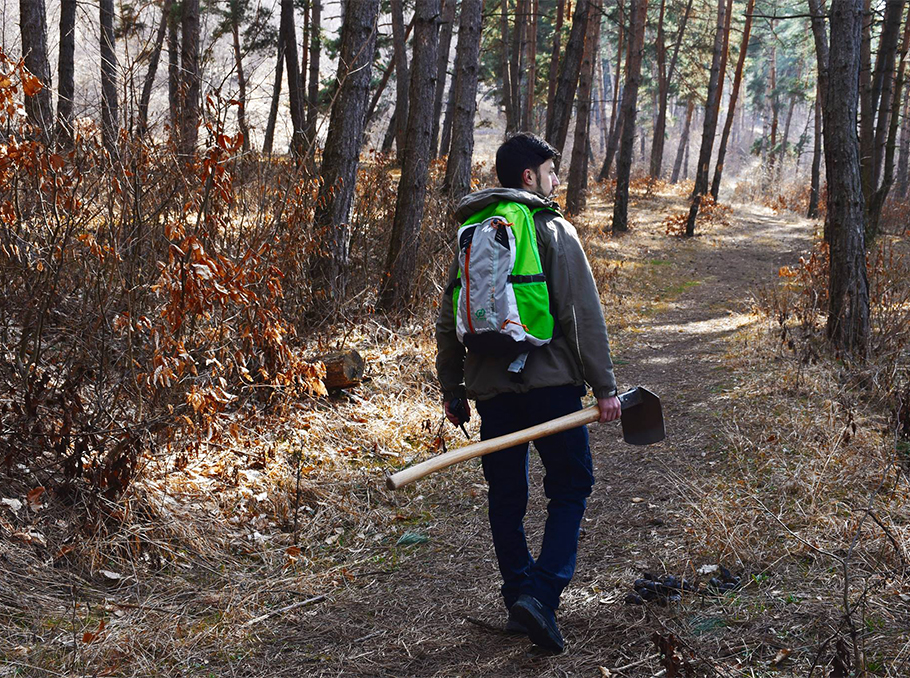
Photo: Trails For Change
What I consider a trail, you don’t drive a car on. It is a narrow path less than 1 m in width. It can be a road, but when you are hiking you don’t want to share the trail with cars. We are trying to build nice trails and restore a lot of ancient ones. It is very exciting to see hundreds, thousands of years old trails. Nobody was using them anymore because they built roads. When we ask villagers where a trail is, they tell us to go to the road, wondering why people need to walk across the mountains, when they can take a nice road, a highway.
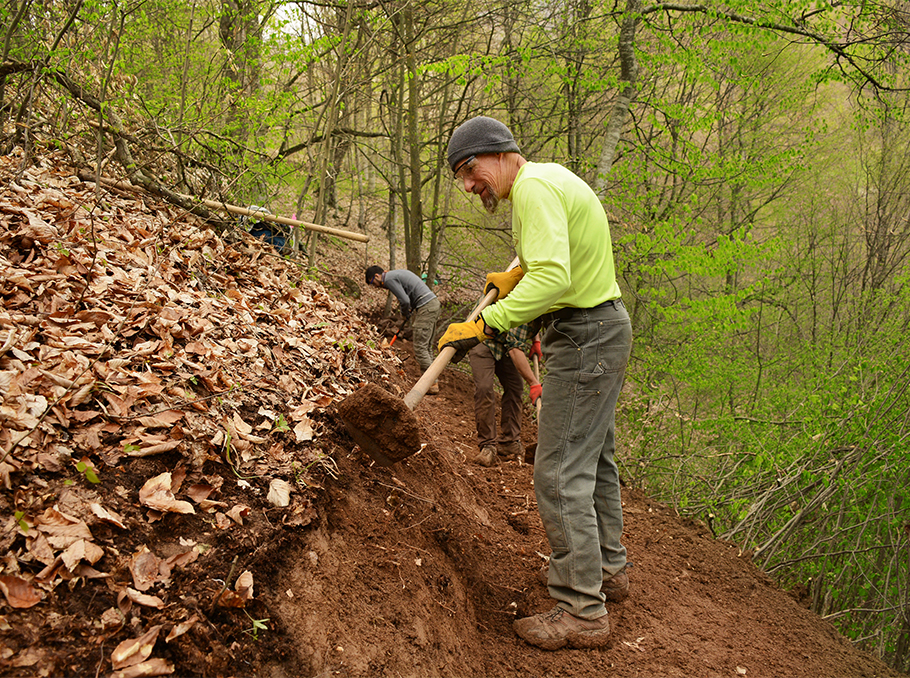
Photo: Trails For Change
People come to Armenia to see the monasteries, the place where Christianity began, to know the history. However, once you visit and see all these (that is what I did during my first visit), you are not going to come back and see them twice. When you know there are the Transcaucasian trail, the Janapar trail, other trails in Dilijan, Vayots Dzor, you will have a reason to visit again. The more trails we build, the more people will visit Armenia.
The birth of the NGO
I was asked by the ONEArmenia organization to do a training session in Armenia, during which I met Tom Allen from the Transcaucasian Trail (TCT). He told me that they wanted to build a hiking trail that will follow the Greater and Lesser Caucasus Mountains, including the Armenian highlands, but they had no trail building experience. They asked me to lead their project and train the volunteers, so I agreed.
Basically, the Trails for Change NGO was born from the Transcaucasian Trail. All staff members of our NGO started as volunteers on the TCT project. Trails For Change began in August 2017, in Tavush, where Armenian and international volunteers came together to build the Transcaucasian trail. We became good friends with volunteers. Afterwards, I proposed to have a professional NGO in Armenia and do the same work what I do in Los Angeles, and everybody liked the idea. First, it was challenging because nobody knew how to build a trail. We hired more people and trained them.
 Hans Keifer
Hans KeiferPhoto: Mediamax
Trails For Change is a non-profit organization funded by grants and donations. Our biggest sponsor is my company, Bellfree Contractors, basically myself. I established and funded Trails For Change completely by myself for 6 months, now I am asking a lot of my friends for donations. We have got a few crowdfunding campaigns, and various organizations funded our projects.
Not a charity, real opportunities
When I first visited Armenia I found Yerevan more developed than I expected. Once I spent more time in villages, I noticed the difference between them and Yerevan. In some villages it feels like you just step back in time, in Yerevan it is 2019, in villages sometime you feel 1920, people think different. Kids are very quiet and shy, young girls are always busy with making food, although they won’t sit with men around the table (of course, not in all villages). In the USA, women are as much appreciated as men.
The villages definitely need a lot of help, that is the big part why we are building trails. People are leaving and these villages are slowly dying, young people come to Yerevan for studying and they don’t go back, men go to Russia to work. These people don’t have anything, they are struggling to get food, but they are always hospitable, they will always invite you to their house. I never experienced that much hospitality, that is what really got my heart: they have nothing, but they are willing to share with you. Villagers are always so much interested in our story, they are appreciative that we are trying to help them even just by thinking about them, because they believe in Yerevan nobody is.
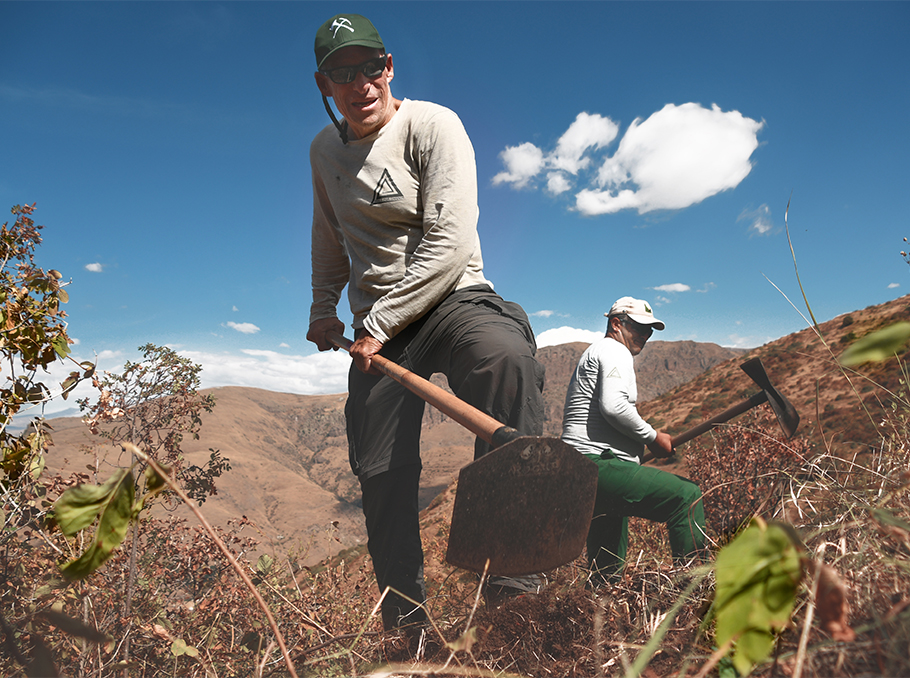 Hans Keifer
Hans KeiferPhoto: Trails For Change
I am not trying to give them something, I want to find a way that they can help themselves in the long term, we will bring tourists and they will figure out what to do.
I think the change is already happening on the Janapar trail. It is a 311 mile (500km) trail that stretches from Yerevan to the town of Hadrut, in southern Artsakh (Nagorno-Karabakh). When tourists come to hike, they stay there, locals charge them for beds, food… People can have a job for a couple of hours. This is a slow process.
I organized two bike tours and brought friends to Armenia, this year in August I will organize another bike tour. 10 people have already signed up for this one, mostly Armenians join us, sometimes we have foreigners as well.
100% Armenian in spirit
When I visit Armenia, I certainly feel like this is where I belong, especially when I go to the mountains, actually I am looking for an apartment to buy here. I am mostly Armenian, I am 50% Armenian by blood, but 100% in spirit, though I only speak 5% Armenian.
My family survived the Genocide, my grandparents were from Diyarbakır. My grandfather was in a silk business, his Turkish partner helped them hide from Turks, they were actually hidden in the basement of the house for almost a year.
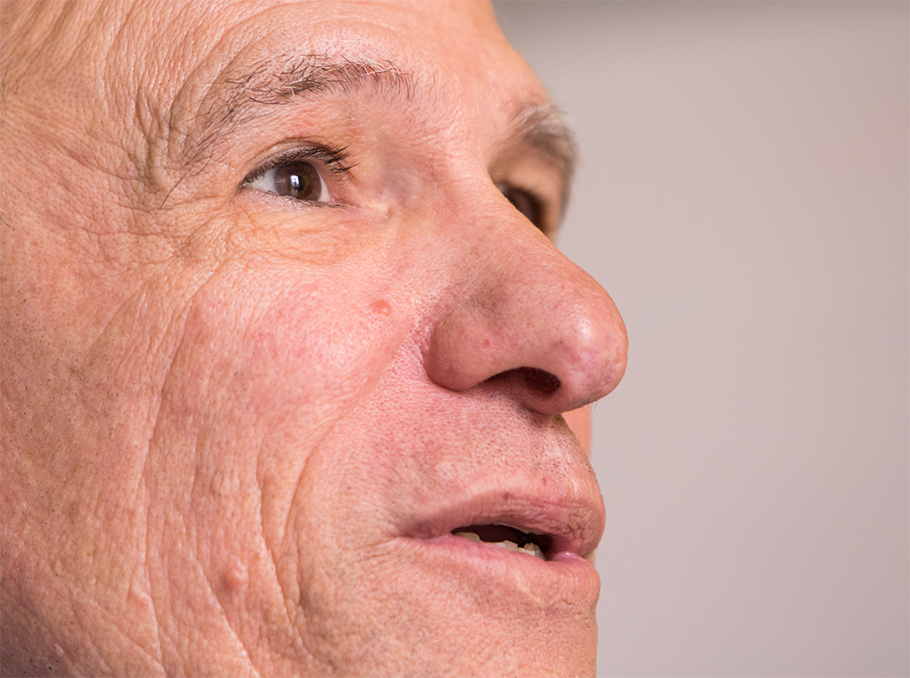 Hans Keifer
Hans KeiferPhoto: Mediamax
When I get mad at Turks for the Genocide, I remember this Turk, and realize I wouldn’t be here if he hadn’t saved my grandparents. They were able to escape in 1923. First they went to France, then to Cuba, where there was an Armenian community, and my grandparents stayed there for a long time. My grandfather introduced silk in Cuba, he made a Cuban flag out of silk which became big news at that time, the president even went to their house.
Most of my family moved to the USA in 1946. My mother met my father in Hollywood, my father was Irish, he was adopted by Germans. Because my father was an orphan, I didn’t have any family on my father’s side, he died when I was 10. I had a big Armenian family, my mother had 7 siblings. We had also Cuban culture in our family, we had as much Cuban food and music as Armenian. We just lost the language, unfortunately, my mother didn’t teach us Armenian. At that time in the USA people didn’t like you to speak other languages, like a lot of families my mother thought we should Americanize. I wish she would have taught me both Armenian and Spanish, my grandfather spoke 7 languages.
 Hans Keifer
Hans KeiferPhoto: Mediamax
I feel like Turks won if I don’t speak Armenian. Currently, I am trying to learn the language, but it is very difficult.
People build trails
In the USA, trail building is a very rare profession too, when I say I am a professional trail builder, a lot of people don’t understand what it is, they think trails just appeared, but somebody actually built them.

Photo: Trails For Change
I had another job for a long time, I worked for the fire protection for 29 years, until 10 years ago, when I got tired of it. I would do a lot of trail work as a volunteer, and when the owner of the Bellfree Contractors was selling his 40 years old company, I bought it and then got it into trail building. Most of our work is trail building, trail repairing and everything related to trails. There is no school you can go and study it, there are some training sessions, books, conferences, associations. You learn by experience. In California there are only 5 professional trail building companies.
When my friends in Los Angeles find out I am building trails in Armenia, they ask me: “Why trails? Armenia needs schools, roads, they are in poor conditions.” Well, I am not a school builder, a road builder, I am a trail builder.
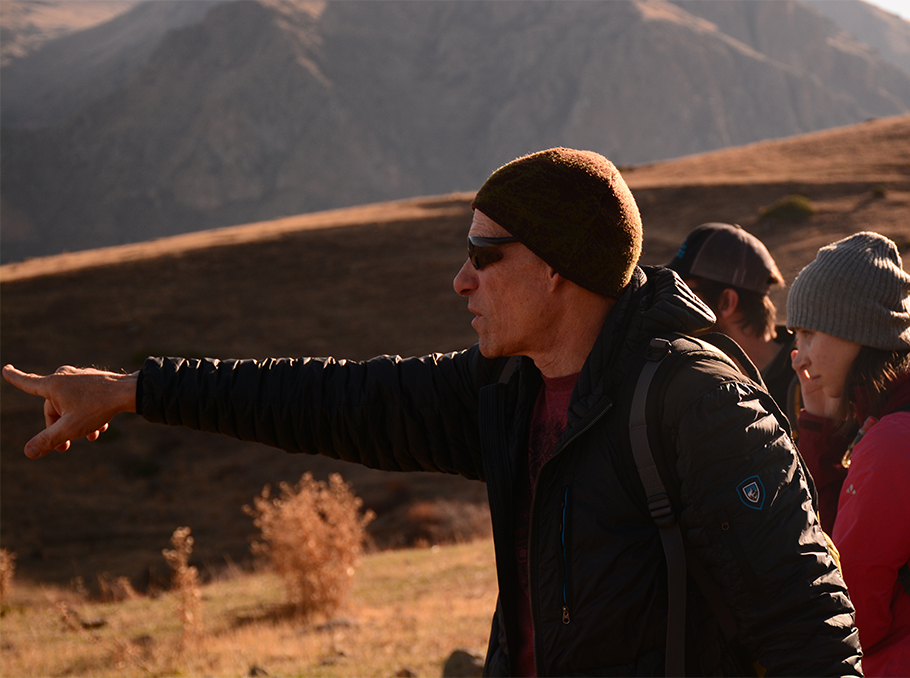 Hans Keifer
Hans KeiferPhoto: Trails For Change
You have got to start with somewhere, if you start with trails, that will bring tourists, locals will make money, which hopefully can go to building schools and fixing roads. Once people see that tourists visit their places, they will think of fixing the roads.
Amalie Khachatryan
Photos: Emin Aristakesyan and Trails For Change








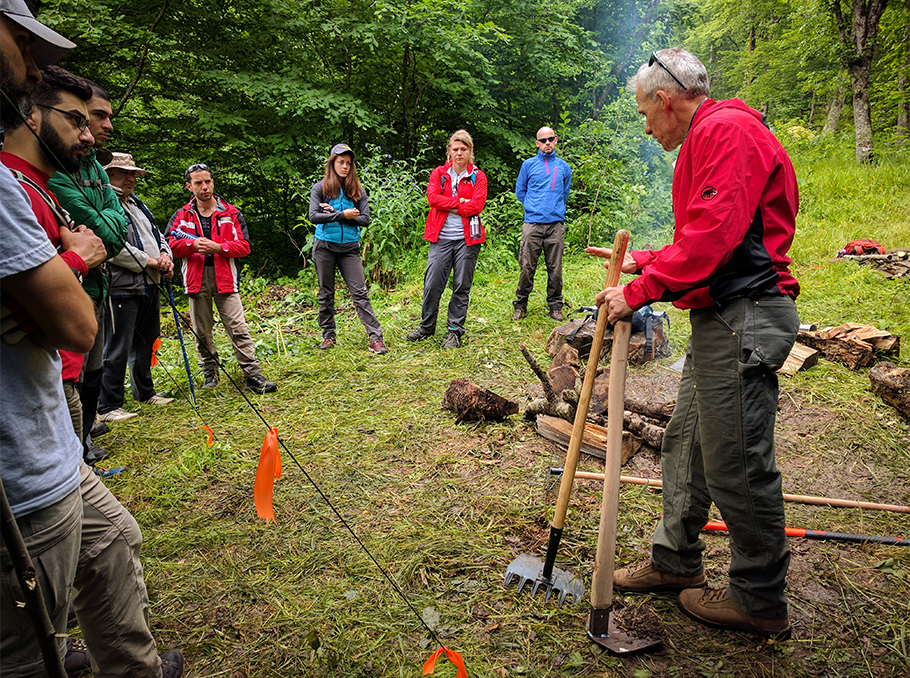
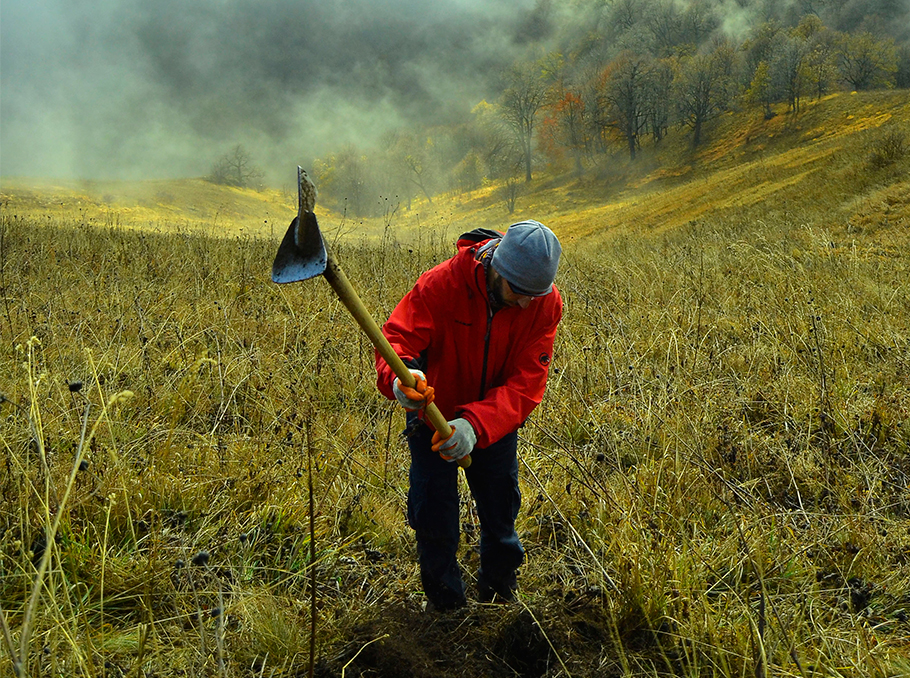
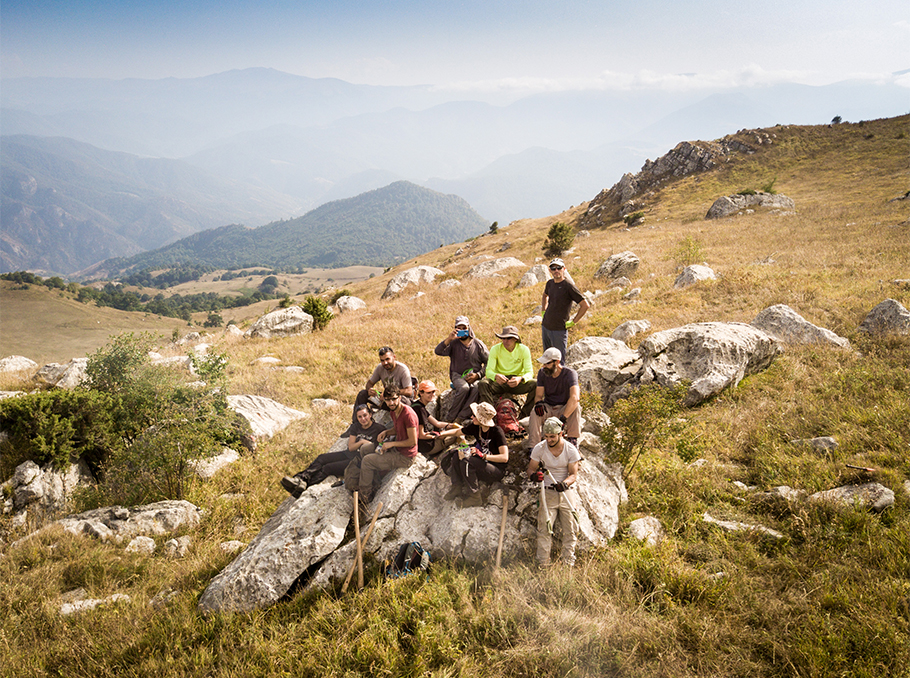
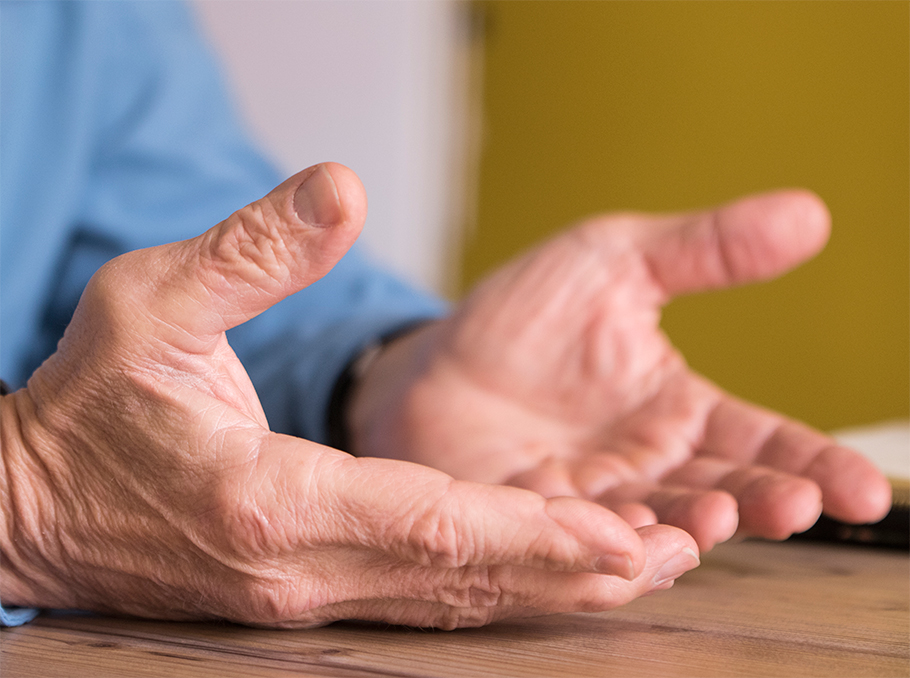
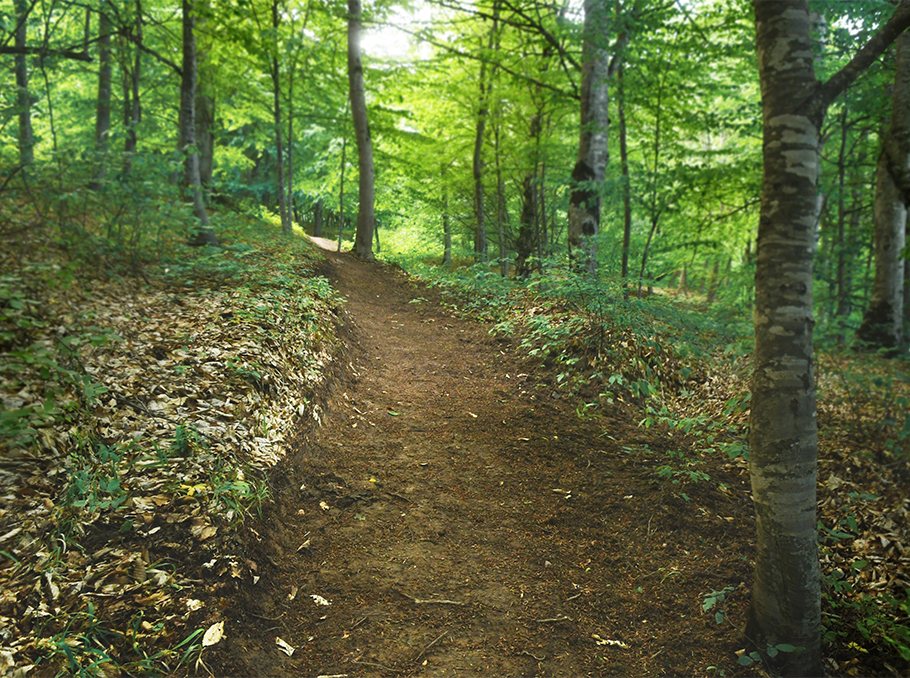

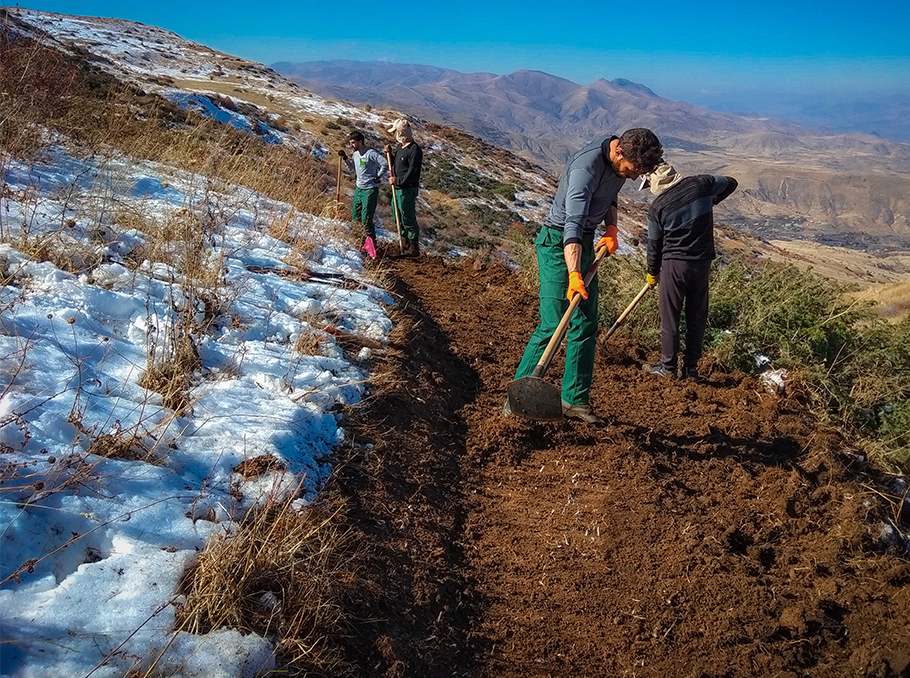

















Comments
Dear visitors, You can place your opinion on the material using your Facebook account. Please, be polite and follow our simple rules: you are not allowed to make off - topic comments, place advertisements, use abusive and filthy language. The editorial staff reserves the right to moderate and delete comments in case of breach of the rules.